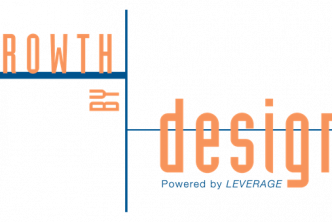We hear a lot about rankings these days. Whether it’s the latest movie releases, professional and college sports teams, places to live, restaurants or online visibility, placing on the top rung of a ranking list can raise one’s reputational capital.
In the uber-competitive financial services space, achieving high consumer rankings greatly depends on an institution’s practice of consistently delivering excellent service experiences. This is especially relevant when it comes to products that address account holders’ financial stability needs. In a recently released study, the Consumer Financial Protection Bureau (CFPB) interviewed consumers about their experiences with overdraft programs and their understanding of how these programs work.
Study participants identified an overdraft program as a resource for covering important expenses—such as medical bills, transportation costs, groceries and utility bills—when they didn’t have the balance in their account to cover the amount. They credited such programs as a way to prevent late fees and negative credit reporting, as well as the embarrassment associated with having electronic payment attempts declined. However, respondents also pointed out that they are often unclear about the policies and procedures tied to their financial institution’s overdraft offering.
Take the guesswork out of your products to improve service quality and overall performance
To avoid account holder confusion—which can lead to damaged relationships and potential regulatory scrutiny—make sure your institution maintains an ongoing, consistent focus on transparency for the products and services you offer. This includes incorporating updated communications strategies and management tools into your overdraft program to make it easier for everyone to understand how the program works, as well as how to use it responsibly. Key components of a fully disclosed program include:
• reasonable, communicated fees;
• clearly established overdraft limits;
• definitive explanations of regular and extended overdraft coverage;
• transparent transaction clearing policies that avoid maximizing overdrafts and related fees created by the clearing order; and
• on-going advice and information that explain alternative financial products that may more appropriately fit the needs of excessive overdraft users.
An expert in compliance and industry best practices can review your existing overdraft solution to ensure that you are in line with all regulatory expectations or help you implement a fully transparent program to improve your service quality. This includes comprehensive staff training to provide employees with the knowledge and confidence they need to fully explain your program; advanced analytics and robust data monitoring to support program management; and enhanced reporting and tracking capabilities to accurately measure program performance and identify any areas requiring improvements.
How does your overdraft solution rank in terms of compliance and service quality?
Sometimes people forget about a scheduled online payment or miscalculate the timing of a deposit to their account. Sometimes a temporary low balance or emergency situation makes the decision to knowingly overdraw a checking account the safest, least expensive option to ensure that important bills are paid. By implementing and maintaining a fully disclosed overdraft solution, you can provide account holders with a reliable safety net to get them through these situations.
On the other hand, if you are lacking fully disclosed overdraft policies and clear procedures, your institution is missing out on compliance piece of mind, as well as the opportunity to rank among the top providers of excellent account holder experiences in your market. Learn more here.





